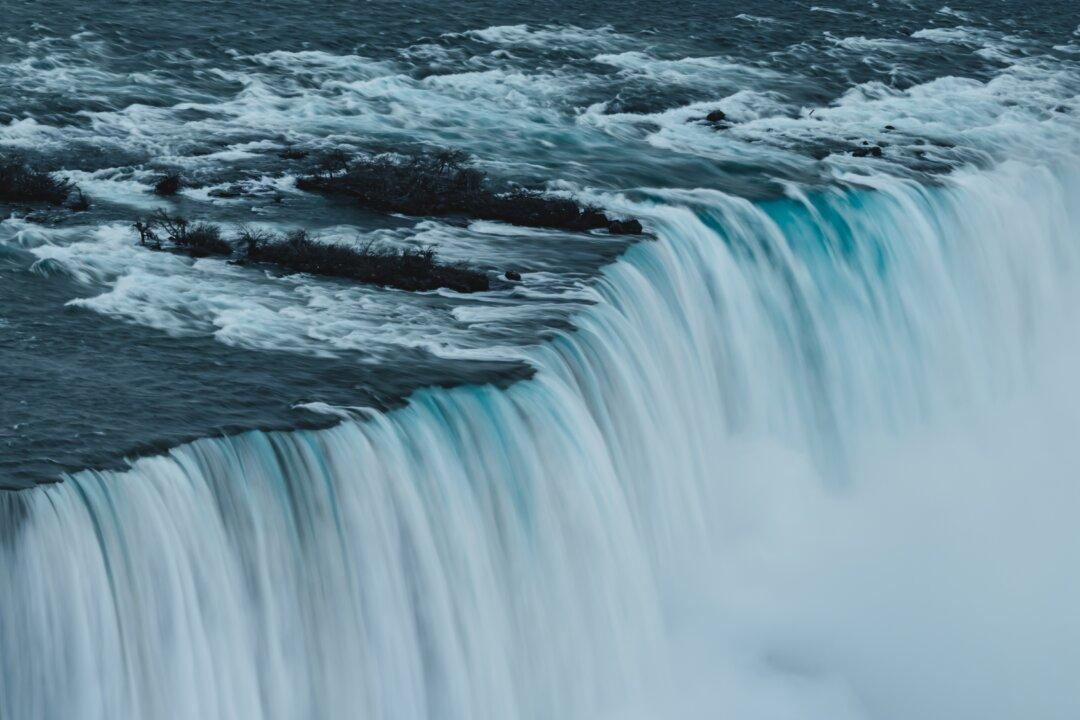The Hubble Space Telescope (HST) has spotted rare “double quasars” in the distant universe, implying a catastrophic galactic collision in ancient times.
Peering back 10 billion years into the universe’s history, astronomers found a pair of quasars that appear to be a single object. But with the crisp view provided by the HST, the pair can be resolved as two quasars very close to each other, according to a statement.




